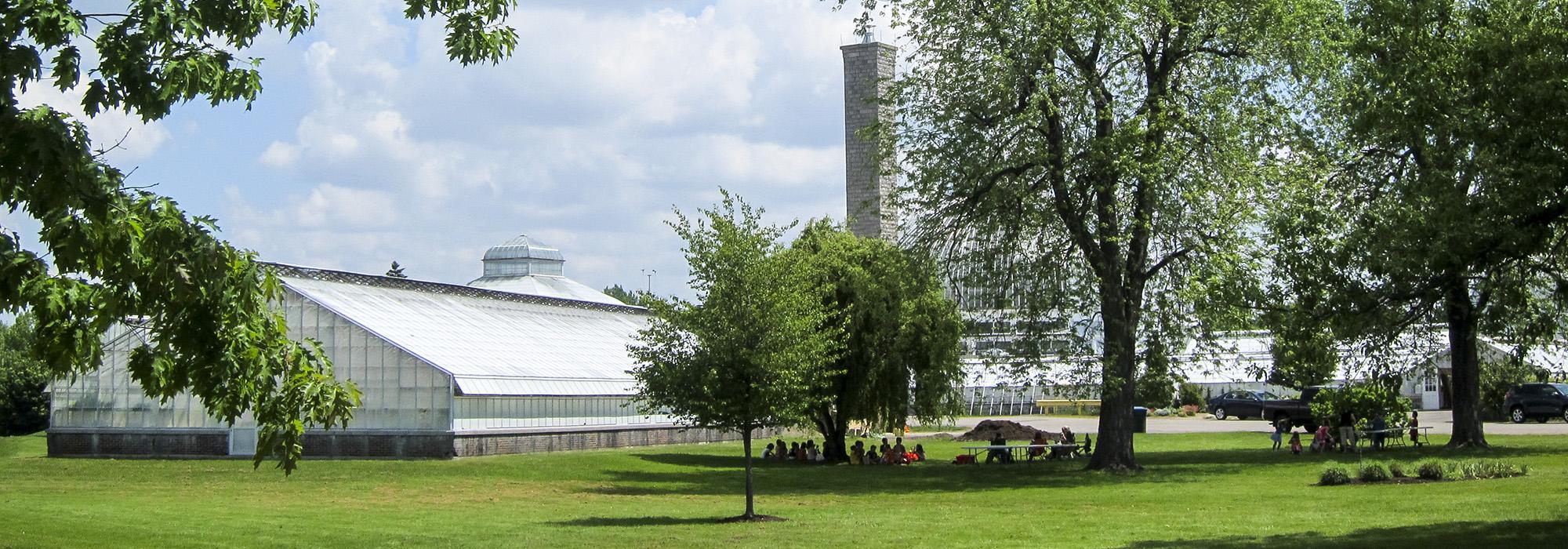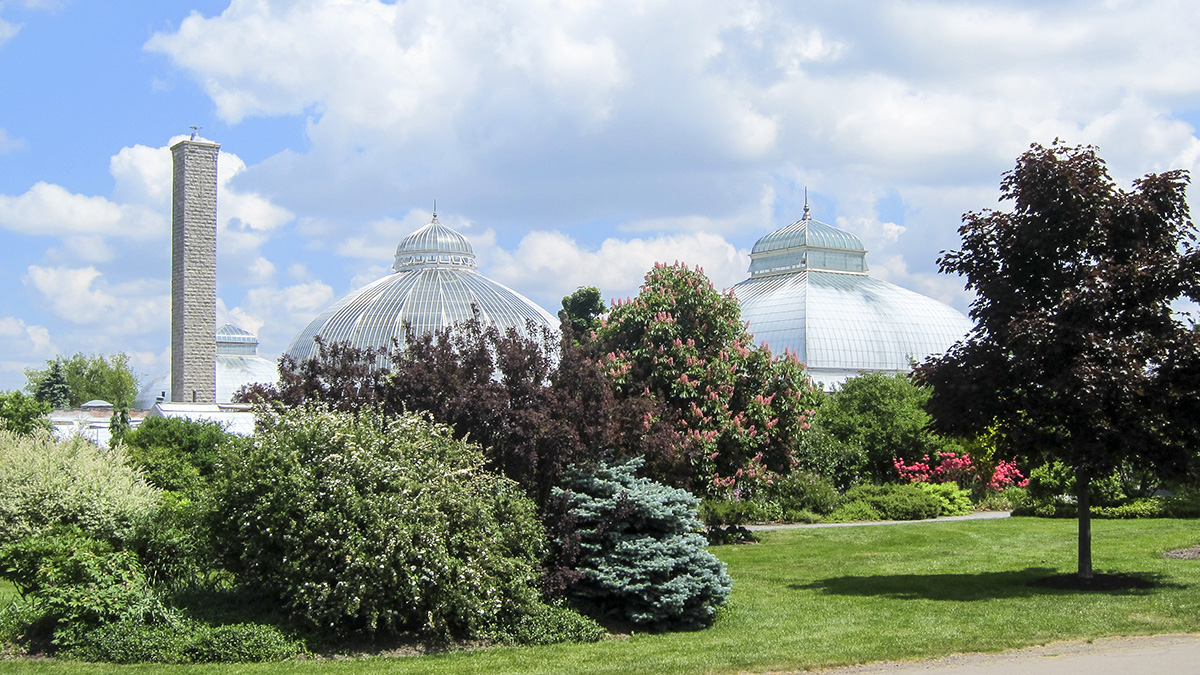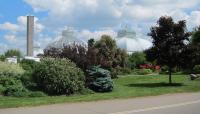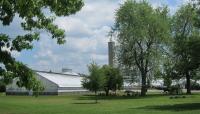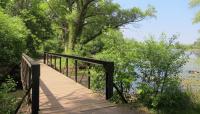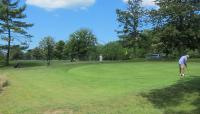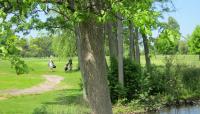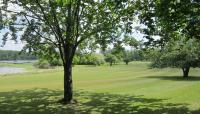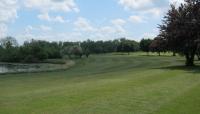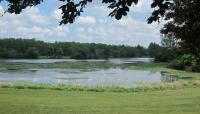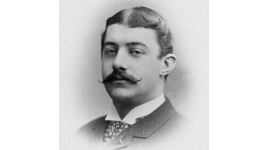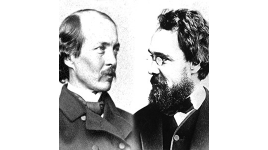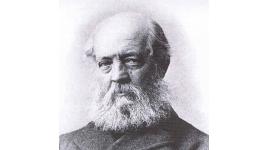Landscape Information
Built on land purchased by the city in 1891, this park was part of the second phase of work on the Buffalo Park and Parkway System by F.L. Olmsted & Co. and successor firm Olmsted, Olmsted, and Eliot. Located a mile inland of Lake Erie, the roughly rectangular landscape comprises 156 acres of marshy farmland bordered by railways and industrial sites south of the city. Designed in the manner of an English landscape garden, F.L. Olmsted & Co.’s 1892 plan featured a 22-acre lake and three thickly planted islands flanked by a gently rolling meadow, the whole ensemble encircled by an oblong circuit drive and network of footpaths. In 1894, an 11.4-acre greenhouse complex and surrounding formal gardens were added in the southeast corner and designated a botanical garden, with the remainder of the park planned as an arboretum. In 1898 the greenhouses were replaced by a glass conservatory designed by Lord & Burnham, designers of the New York Botanical Garden’s conservatory. The 300-foot-long building was installed on-axis with the park’s main entrance at McKinley Parkway, which led northeast to Cazenovia Park. Additional greenhouses were built in 1907. In total, the botanical garden and arboretum contained some 100,000 plants representing 2,300 species.
South Park’s lake is considered one of the finest examples of Olmsted, Sr.’s, urban, picturesque water features, and many of the trees adorning the pastoral landscape were planted between 1894 to 1910. The conservatory and gardens operate as the Buffalo and Erie County Botanical Gardens. A nine-hole golf course built in 1915, with a clubhouse constructed in 1935 by the Works Progress Administration, occupies much of the ground surrounding the lake. The park was listed in the National Register of Historic Places in 1982 as part of a multi-property nomination with other Olmsted parks and parkways in Buffalo. In 2004 the maintenance and operation of the park system was ceded to the Buffalo Olmsted Parks Conservancy.



